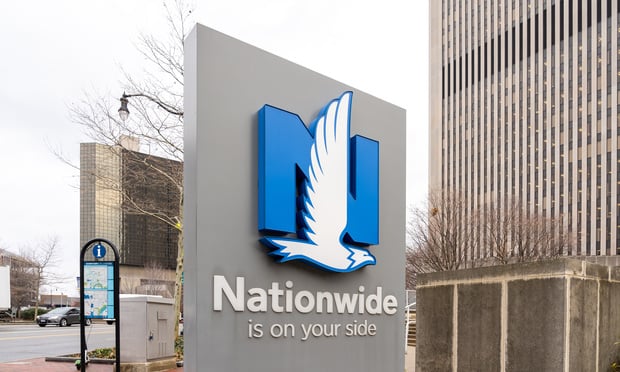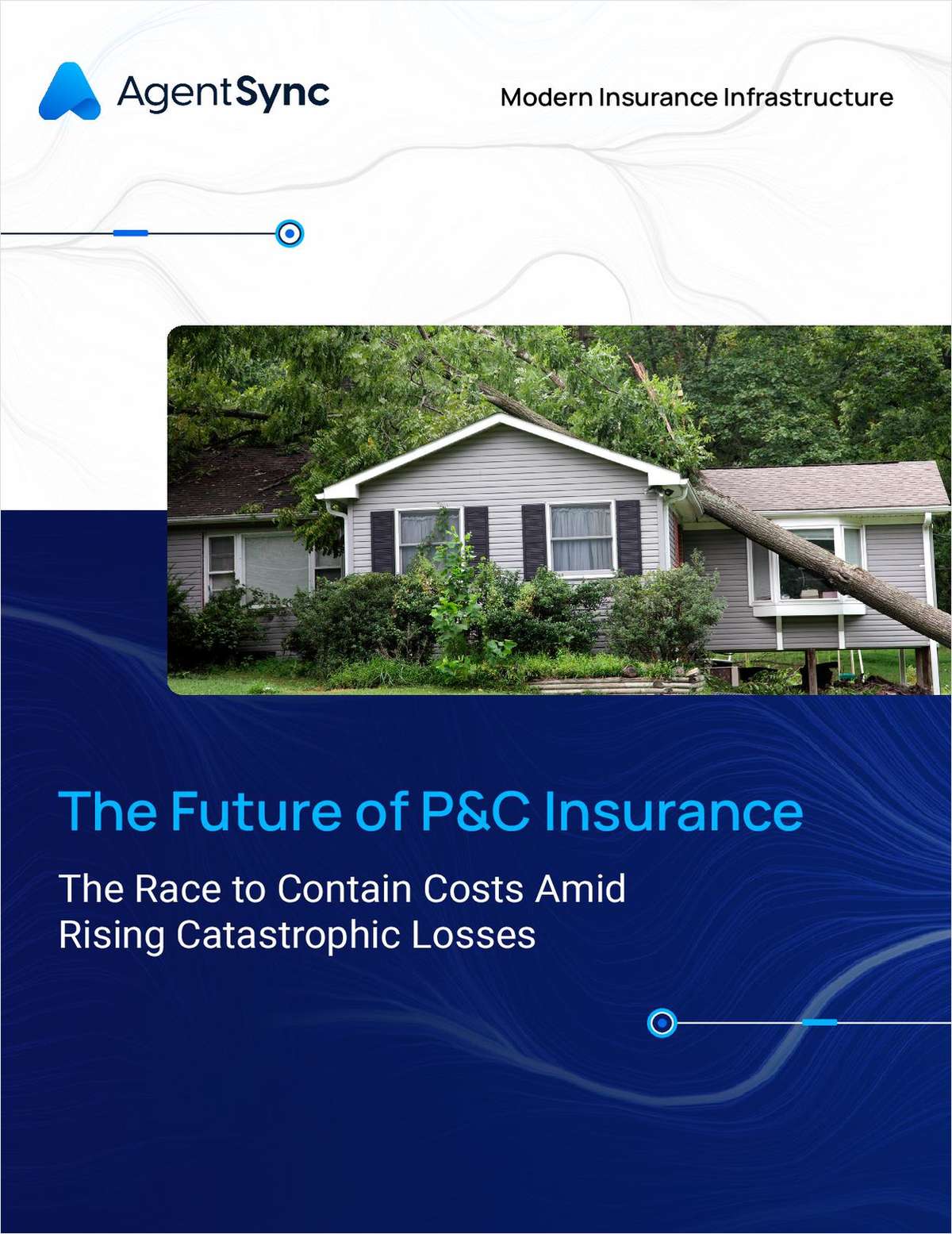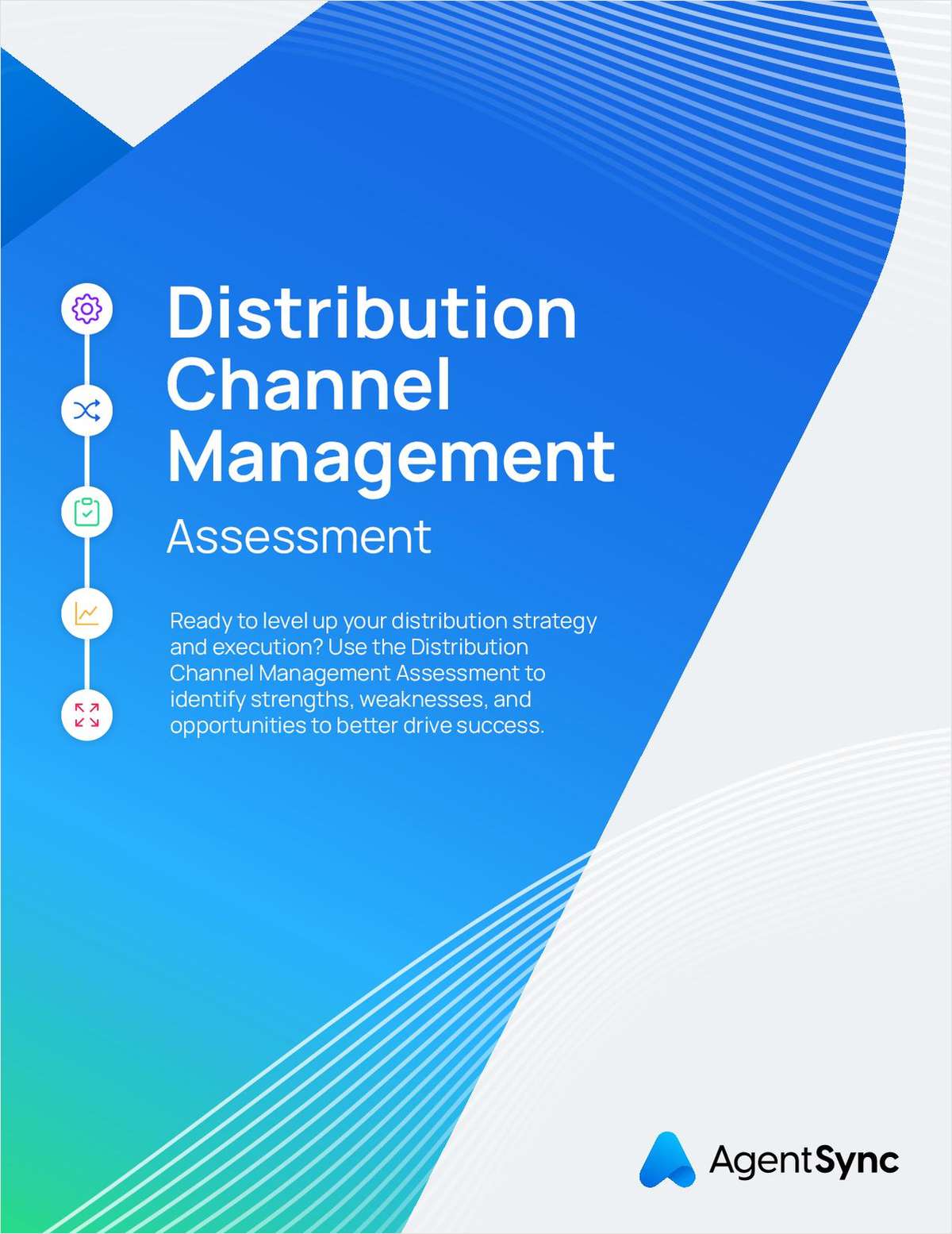The world of insurance distribution has changed dramatically in recent years. Major trends have altered the distribution landscape dramatically and permanently, and insurers face significant challenges in adapting to these new realities.
Consumers have been avid users of the Internet, and they have learned to research and compare options before buying. Knowledgeable individuals rarely buy through any distribution channel without investigating similar products, especially on “big ticket” items such as insurance. More and more consumers do their own research on line, and then seek recommendations from friends, using social media sites or referral sources such as Angie’s list, Yelp, and TripAdvisor.
In reaching these consumers, insurers have primarily been dependent upon an agent/broker distribution model that is increasingly challenged to connect with, let alone meet, changing consumer expectations. The “experience” model for insurance sales is under increasing stress, and insurers have come to the realization that more efficient methods for recruiting and developing agents and brokers are essential --not only to increase sales but to lower operating costs. The limits of current distribution models-- and their inability to keep up with rapid demographic, social and technological change – have become all too evident.
Today, five new disruptive technologies make it possible for insurers to transform distribution and significantly grow sales:
1) Mobile technologies and platforms -- mobile phone applications, text messaging, and newer mobile tablet devices such as the iPad --provide customers and agents with instant access to insurers, agents and one another. This two-way street allows insurers and agents to improve the frequency of interaction with customers, and provide alerts and services to address key “moments of truths” in managing sales and service interactions around key events. Proper use of mobile solutions can help insurers increase the amount of time agents spend with customers, and dramatically reduce the overall cycle time needed from lead qualification through policy issue. Mobility can also reduce overall reliance on support staff, as well as the time needed to prepare for client meetings and preparations.
2) Good analytical capabilities are at the foundation of any high performing business. In Accenture’s research, top-performing companies were five times more likely than lower-performing companies to have identified analytical capabilities as a key element of their strategy. Insurance companies, through their actuarial departments, pioneered the use of what has come to be known today as predictive analytics, using sophisticated models in areas such as reserving for risk. Insurers have not been as aggressive as consumer product companies in aggregating customer information and using it to develop the right tailored products at the right price, and to deliver them to suitable customers through appropriate channels. The opportunities, however, are abundant.
3) Insurance grew up as a networking industry, but ironically, insurers have lagged in adopting social media. Social media is a far reaching and transformative phenomenon, changing the way people communicate with and connect with one another. Social media gives agents a tremendous opportunity to innovate and re-create their personal brands within the social community. Most agents and brokers are in the “crawl” stage, where they are in the process of creating their Facebook, or Linked In profiles. As they transition to the “walk” stage, they begin to ask their clients for recommendations, and build their digital brands as experts for many of their services. As high performers, in the “run” stage, they convert those recommendations into a major source of referrals and maximize the power of their social graph. Social media represent a powerful business development tool, and will dramatically change the way agents build effective and rapid networks to scale their businesses.
4) New collaborative technologies such as high-definition video, virtual “white boards” and meeting software, and new smart phone technologies such as Apple’s FaceTime are significantly changing the impact of live communications and making geographic barriers irrelevant. While agents formerly were limited to their own cities and regions, effective collaboration with customers is now relatively easy, and the cost of such technologies is dropping quickly. Unified communications and collaboration solutions can deliver the impact of in-person meetings, making it possible to bring together not just the client or prospect, but appropriate experts whose physical presence might not be economically justified in a typical face to face sales situation.As is the case with other new technologies, collaboration not only improves the context for cross-selling and the introduction of related products, it offers important opportunities to accelerate the training and development of agents and brokers and their support teams while doing so for lower cost.
5) Closely related to social media—and always enormously popular elements of online and mobile communications—digital marketing and gaming are relatively new channels for insurance distribution. Gaming has passed email as the second most popular activity online, behind social networking. Gaming can be a powerful educational tool for carriers. Compared with traditional classroom learning, simulations help participants master content and new behaviors 40 to 70 percent faster. This is an important consideration in selling a complex and often difficult-to-understand product such as insurance (and in teaching customers and agents about insurance products). For agents, especially, gaming is a great opportunity to get them up the proficiency curve more quickly. Insurers are “getting into the game.” Farmers Insurance has linked itself to the popular social game, Farmville, which allows users to simulate real-world farming by growing crops and raising livestock. Farmville game players can “buy” insurance against bad weather and crop failure through Farmers as part of the game scenario, and allows Farmers to brand itself as a company more known for “protection”.
Each of these new disruptive technologies can individually help insurers increase demand, accelerate sales and service cycle time, and most importantly grow sales. It is when these innovative technologies work in concert, however, that carriers can truly innovate and transform distribution and sales. The cumulative impact of these new technologies as an integrated and coordinated system – a concept we have termed “Holism” – is far greater than the impact realized by the sum of the individual technologies.
By managing the investments and alignment of these five disruptive technologies into an integrated Holism architecture, carriers can realize five key benefits:
Holism accelerates sales cycle time and speed to issue.
- By better leveraging the expertise available within the organization, lowering geographical barriers and reducing the number of meetings, and equipping agents (and customers) with more context and deeper background before any advisory interaction, Holism can reduce the number of days from initial awareness to policy issue.
Holism improves the context in which agents and brokers sell, and their understanding of their own customers.
- An environment powered by Holism will enable high performing agents to receive more than half of their leads via high quality referrals from their online and offline community of clients who recommend them. They will also spend less time chasing after unqualified prospects and on the labor-intensive and unappealing process of cold calling.
Holism helps insurers attract and retain better producers.
- Insurance was one of the original “social networking” businesses. By returning an element of fun to the business – and turning customers from “people we sell to” into “people who buy from us”— Holism makes the industry more attractive to current and prospective producers. And, by increasing the success rate of agents and brokers, Holism helps increase the number of high performing agents while allowing those agents to help more clients and feel better about their jobs.
Holism reduces the overall technology cost of ownership for insurers.
- Carriers that initiated investments in the five enabling technologies that drive Holism have in many cases built “pilot” solutions, developed proof of concepts for the point technology, or at best released a point capability into production. These investments are typically controlled today by separate budgets, with separate technology and business sponsors, and, most likely, new and fragmented support organizations. Carriers have yet to build a holistic approach to align these new capabilities with the key distribution business processes that engage or educate a customer, with those processes that convert a lead to an issued policy, and finally with those processes that help serve or develop customers. By integrating the five enabling capabilities of Holism into an enterprise architecture, carriers can bring real innovation to their distribution strategies, while dramatically reducing field development and ongoing operating costs.
Holism builds emotional connections with customers and creates a “Wow” factor among producers.
- Through Holism, carriers can innovate and transform the way they communicate their brand messages through all strategic distribution channels. Introducing and encouraging meaningful dialogue within the fabric of existing social communities can make it easier to educate and engage the addressable market of customers.
We believe the opportunities presented by Holism are every bit as important as those presented by advances in policy administration, underwriting, enterprise risk, claims and other areas in terms of their potential impact upon top-line growth and profitability. Insurers who recognize and convert these opportunities will be able to build and sustain competitive advantage by widening the demand “funnel” and building stronger connections with their clients and prospects.
Want to continue reading?
Become a Free PropertyCasualty360 Digital Reader
Your access to unlimited PropertyCasualty360 content isn’t changing.
Once you are an ALM digital member, you’ll receive:
- Breaking insurance news and analysis, on-site and via our newsletters and custom alerts
- Weekly Insurance Speak podcast featuring exclusive interviews with industry leaders
- Educational webcasts, white papers, and ebooks from industry thought leaders
- Critical converage of the employee benefits and financial advisory markets on our other ALM sites, BenefitsPRO and ThinkAdvisor
Already have an account? Sign In Now
© 2025 ALM Global, LLC, All Rights Reserved. Request academic re-use from www.copyright.com. All other uses, submit a request to [email protected]. For more information visit Asset & Logo Licensing.








